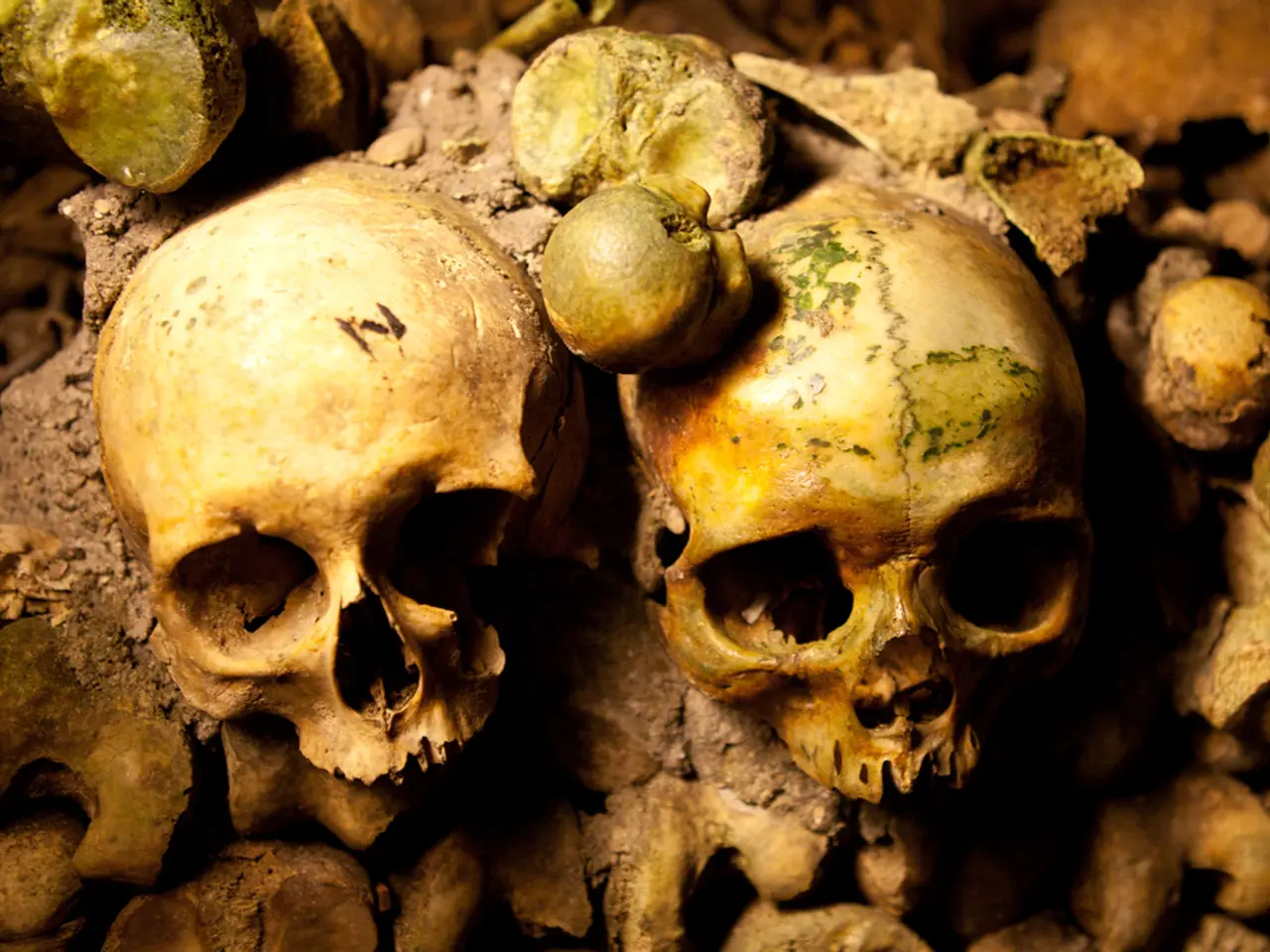Orbicularis Oculi Muscle: Key to Eye Protection and Function
The orbicularis oculi muscle, a key player in eyelid function, has two portions with distinct roles. The palpebral portion gently closes the eyelids in reflex blinks, while the orbital portion firmly closes them with voluntary action. This muscle is crucial for protecting the eye and maintaining its moisture.
The orbicularis oculi muscle is composed of three parts: the orbital, palpebral, and lacrimal portions. It receives nerves from the zygomatic and temporal branches of the facial nerve (cranial nerve VII). The palpebral portion's primary function is to close the eyelid, especially in involuntary or reflex blinking. Facial paralysis can affect this muscle, leading to an inability to close the eye, which can cause it to dry out, leading to pain or even blindness in severe cases. Apart from protecting the eye, the orbicularis oculi muscle also aids in the passage and drainage of tears through the tear drainage system. It is one of the two major components of the eyelid, along with the tarsal plate.
The orbicularis oculi muscle plays a vital role in eyelid function and eye protection. Its proper functioning is crucial for maintaining eye health and preventing serious complications.






